
Developer: SELECT BUTTON, Niantic Inc.
Publisher: Nintendo, The Pokémon Company
Platform: Android, iOS
Tested on: Android
Pokémon Sleep & Pokémon Go Plus+ – Review
Back in 2019, when Pokémon Sleep was originally announced, many thought it was a joke. The hype surrounding Pokémon Go had died down, and the Sleep announcement seemed like a desperate attention grab, especially since the concept was the antonym to Go. After that initial reveal, things quieted down around Sleep for a long time, to the point that it seemed that the app was canceled…. Until now, that is. Pokémon Sleep is finally here, and alongside it, a brand new peripheral, known as the Pokémon Go Plus+, which acts both as a sleep tracker and an updated version of the Pokémon Go Plus and Let’s Go‘s PokéBall Plus for Pokémon Go. Armed with both the Pokémon Sleep app and our very own Go Plus+, we aimed to figure out whether this is one snoozefest you’d want to try for yourself.
First things first: the Pokémon Go Plus+ is not required to use Pokémon Sleep. In fact, it took a couple of days for our Go Plus+ to arrive, so our first sleep sessions with the app were done without the peripheral. The aim of the Sleep app is to improve your sleeping pattern through gamification, and the core concept is easy enough to understand: you simply set your preferred time to go to bed and wake up. When that time comes, you plug in your phone and put it face-down on your mattress with the app open. As you drift off to slumberland, Sleep will register the noise you make and based on this, determine how deep you are sleeping. Any recordings made by the app are deleted automatically after 24 hours, for privacy reasons. When you wake up, you press a button and the app will review how you slept and reward you accordingly. The better you sleep, the better the rewards.
So far, so good, right? Well, Sleep’s biggest issue is how convoluted everything is. The surrounding framework assigns you the role of a Pokémon researcher who assists Professor Neroli in finding out Pokémon sleep patterns. The ultimate goal is to complete a Pokédex of sorts that catalogs the sleep patterns of every Pokémon that inhabits the islands that the game is set on. It’s a time-consuming process that can be sped up by microtransactions, but Sleep clearly informs you that you can 100% the app without spending a single penny. So, unless you plan on giving up on sleeping altogether any time soon, we highly recommend just biding your time. That said, the game is partially built around FOMO, as the inclusion of elusive shiny Pokémon has already been confirmed. Given that any monsters obtained in Sleep cannot be transferred to Pokémon Home or any other Pokémon title, it does seem like a waste to spend money on a Master Biscuit to “catch” that shiny Charmander though.
Because yes, you can actually obtain the monsters you encounter rather than simply catalog them. Sleep’s activity loop centers around raising a Snorlax, and the mons you add to your team will help in letting the Snorlax grow bigger and stronger. A bigger and stronger Snorlax will sleep better and will attract different and rarer monsters. Unfortunately, the game does get bogged down with the sheer amount of side activities. Throughout the day, you’re supposed to log in and check up on your team of six ‘mons as they gather berries and other items that’ll make your Snorlax grow. You’ll also need to cook three meals a day for the giant bear thing, and that’s not even mentioning the plethora of available items, which are purchased with different currencies. For what is technically an idle app, there is a lot of player engagement required if you want to get the most out of Sleep in terms of progress. That’s not necessarily a negative but the way the app is set up involves lots of clicks and loading screens as you try to find a specific thing to do. The interface could clearly use an overhaul to be more user-friendly and intuitive. That’s not even getting into the functions that are already present but currently inaccessible, like limited-time events, social features, and promotional in-game gifts.
Sleep tracking itself could also be improved, both when you use your smartphone and when you use the Go Plus+. There were instances where the app didn’t register us sleeping for over two hours before it kicked in, for example. We’re not quite sure how accurate sound-based tracking is. How does Sleep differentiate between environmental sounds, for example? What if the app tries to track sleep activity in a two-person bed? Or if you get up during the night to go to the bathroom or sip a glass of water? It’s perhaps too early to call this, but we didn’t feel like Sleep was representative or accurate during our first week of tracking.
We’re not entirely convinced by the Go Plus+ yet either, although sleep tracking did seem more accurate. In hand, the device looks like one of those restaurant buzzers that lets you know when your food is ready. It vibrates, lights up, and even talks and sings lullabies with Pikachu’s voice. Packed in with the device is a magnetic clip, which you are supposed to attach to your pillow, preventing the device from falling out of your bed as you sleep. The Go Plus+ is certainly cute enough and the build quality is as good as you’d expect from a Nintendo peripheral. While the €59.99 asking price is on the high side, we don’t feel like it’s overpriced when you keep in mind what’s in the device in terms of hardware. Whether or not the sleep-tracking functionality is worth it for Pokémon Go players who already have an auto-catching device is a different story altogether.
The Go Plus+ functions like any other Pokémon Go peripheral, automatically spinning Pokéstops and allowing you to catch Pokémon in Go at the push of a button. The main differences here are that you are able to set up the device to throw Great Balls or Ultra Balls instead of just standard Poké Balls, and that there is also an automatic throw setting, although the latter will revert back to standard Poké Balls. In addition, the Go Plus+ lets you link Sleep and Go, so you’ll get daily rewards for sleeping in Go as well. The first time you connect, you’ll also be able to obtain a special research questline in Go, which lets you catch Snorlax wearing a nightcap. The downside of the Go Plus+ is that it’s impractical in size and shape for Go, and without a protective cover, your Go Plus+ will end up looking worse for wear after a couple of weeks.
Conclusion
There are undoubtedly better apps out there to track and improve your personal sleep patterns, but the gamification aspect of Pokémon Sleep adds a fun twist that should motivate players to keep using the app. That said, we do feel like the sleep tracking itself could be improved and that the non-sleep aspects of the app feel convoluted and counterintuitive. As for the Pokémon Go Plus+, while we can’t knock the hardware quality, we do feel like the actual functionality is too limited to justify the price tag. this rings especially true if you don’t play Pokémon Go as well, or if you already have a Pokémon Go peripheral.
1 Comment
Leave a Reply
You must be logged in to post a comment.


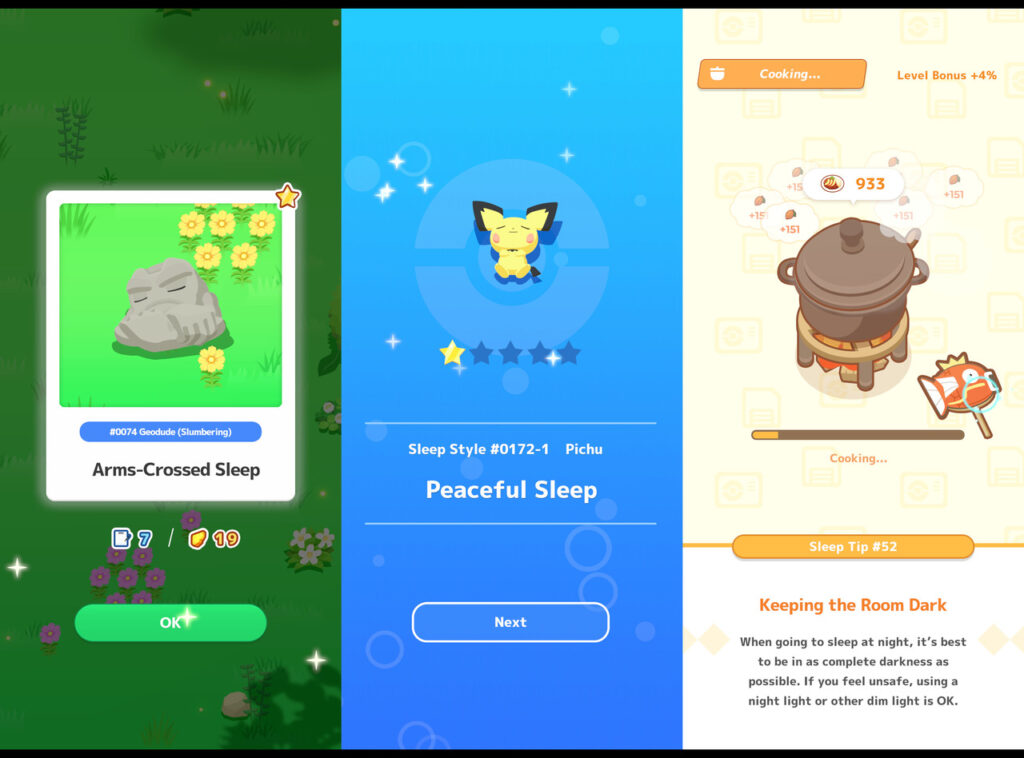
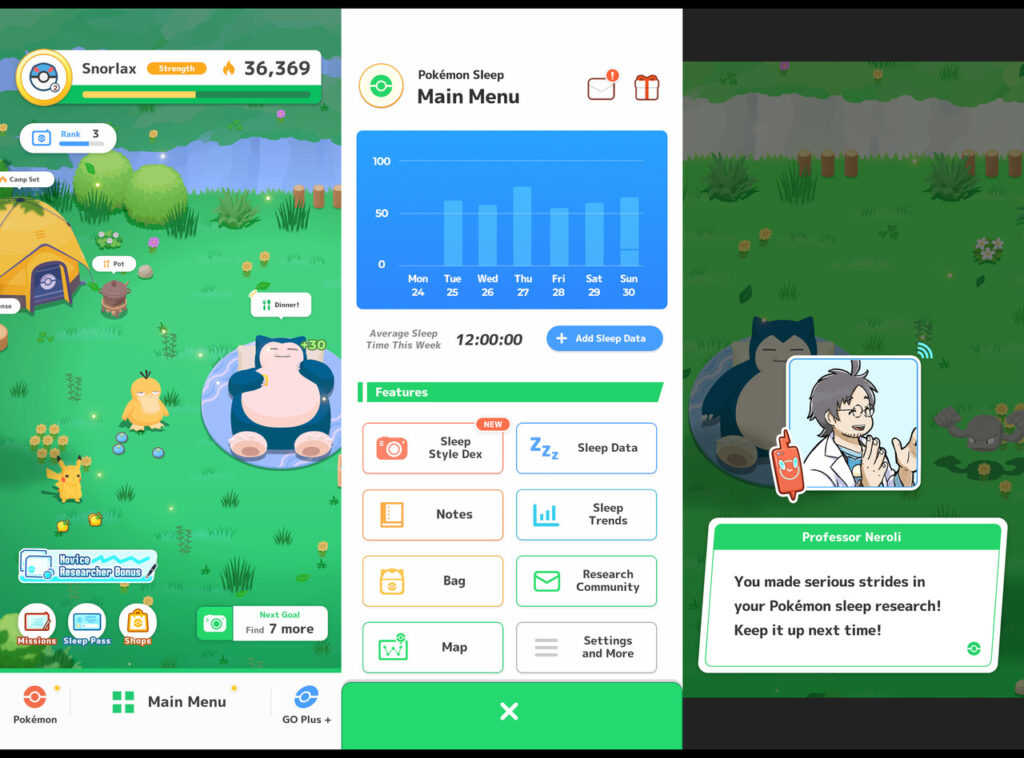
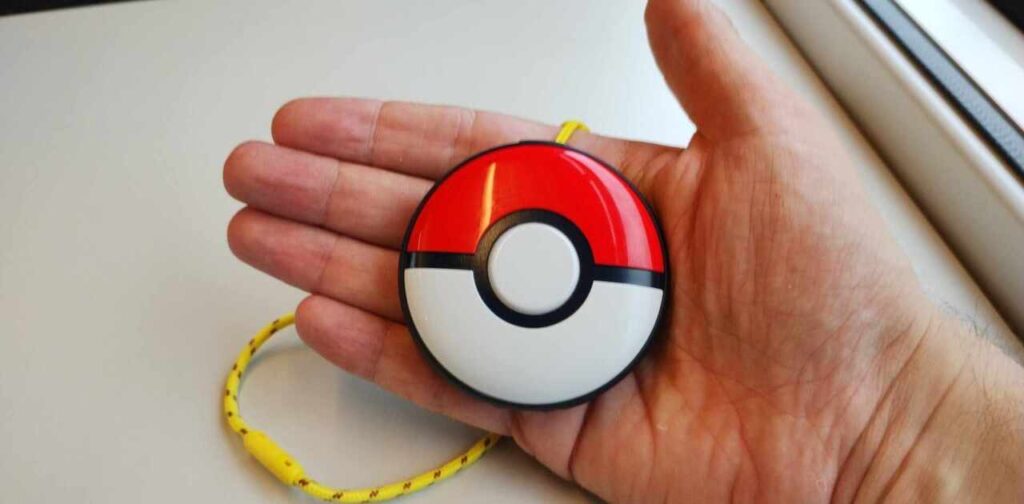

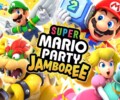
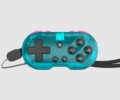

[…] after Pokémon GO was released, powerbank sales must have skyrocketed. Nearly every serious PoGo player made sure […]